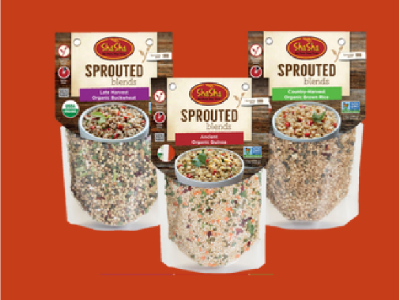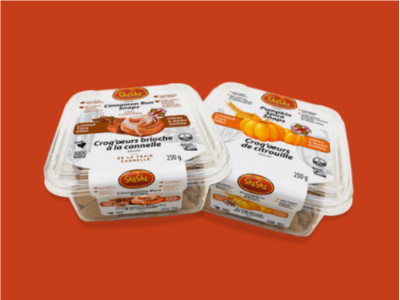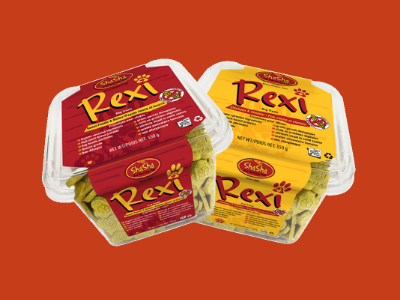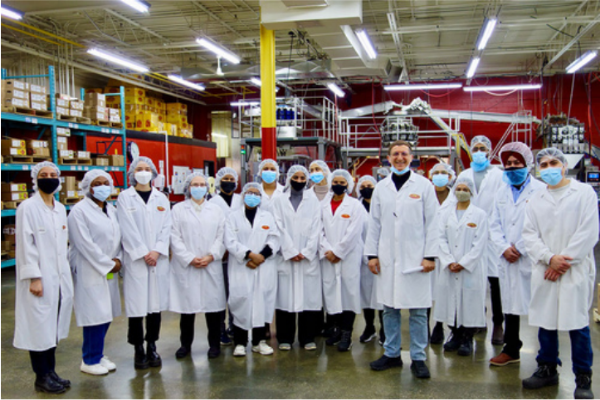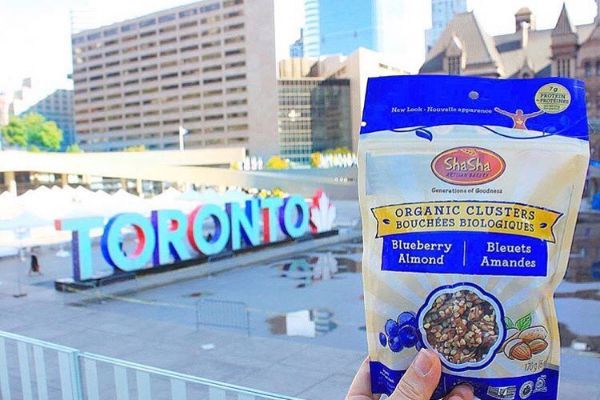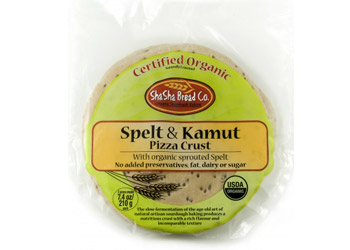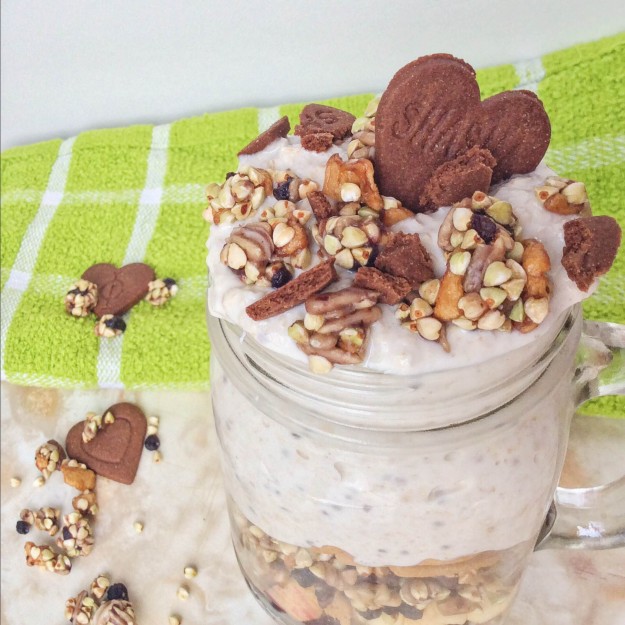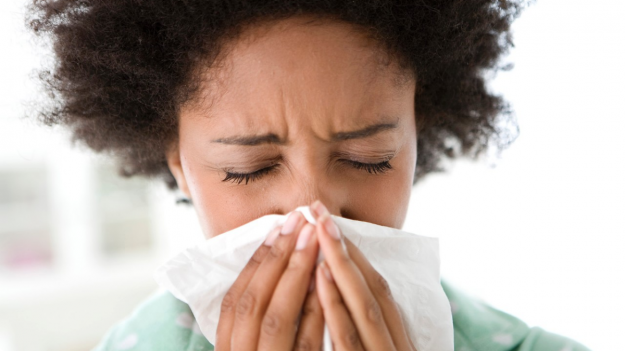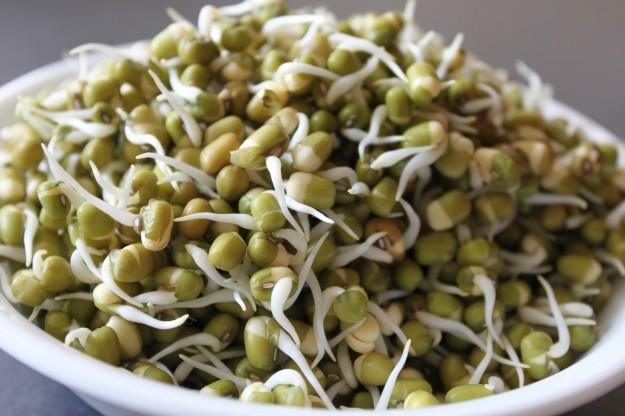 Insecticides and artificial fertilizers are ubiquitous. They are used extensively in commercial farming and urban gardens. They get washed into waterways by rain and end up in everything from drinking water to baby food. The high volume of toxic substances in our food and water is beginning to have a devastating effect on our health. One of the highest concentrations of pesticide residue is found in the fresh fruit and vegetables we consume every day.
Insecticides and artificial fertilizers are ubiquitous. They are used extensively in commercial farming and urban gardens. They get washed into waterways by rain and end up in everything from drinking water to baby food. The high volume of toxic substances in our food and water is beginning to have a devastating effect on our health. One of the highest concentrations of pesticide residue is found in the fresh fruit and vegetables we consume every day.
Organic produce as an alternative
Eating organic fruit and vegetables is a great way to avoid ingesting toxic chemicals. The down side to buying organic is the high price and lack of availability. Organic fruit and vegetables are more expensive because no artificial fertilizer or pesticides are used in the growing of the produce. This means that fruits and vegetables grow slower and need more control to prevent insect, fungal, and mould damage. The produce is much healthier though, and far higher in essential vitamins and minerals.
Although certified organic produce is more widely available nowadays, many people simply cannot afford organic options. If availability and budget are considerations, then you need to know about the dirty dozen. These are fruits and vegetables in which the highest concentrations of pesticides and heavy metals are found. Opt for organic choices here or simply avoid them when you can.
The ‘dirty dozen’ list is compiled annually by the Environmental Working Group which looks at produce widely available in North America. Pesticide residue data, collected by the U.S. Department of Agriculture and the Food and Drug Administration, is utilized to compile the report. The samples are tested after being washed or peeled so that an accurate measure of what you actually ingest can be established.
Effects of pesticide on consumers
 Although studies are still underway to establish the consequences of ingesting pesticides, preliminary results suggest that they are responsible for a plethora of diseases including cancer. Chensheng Lu, an associate professor of environmental exposure biology at the Harvard School of Public Health, suggests pesticide is also responsible for the neurological development problems in infants. “Knowing that this chemical is designed to kill (certain) organisms, you have to be careful about ingesting it,” he said.
Although studies are still underway to establish the consequences of ingesting pesticides, preliminary results suggest that they are responsible for a plethora of diseases including cancer. Chensheng Lu, an associate professor of environmental exposure biology at the Harvard School of Public Health, suggests pesticide is also responsible for the neurological development problems in infants. “Knowing that this chemical is designed to kill (certain) organisms, you have to be careful about ingesting it,” he said.
The naughty list
The following items were found to have the highest volumes of pesticide residue:
- Apples
- Celery
- Sweet bell peppers
- Peaches
- Strawberries
- Imported nectarines
- Grapes
- Spinach
- Lettuce
- Cucumbers
- Domestic blueberries
- Potatoes
This year kale, collard greens and green beans were also added to the list after they were found to have traces of pesticides that were as high as other items on the list.
The nice list
This is not to say that you need to only buy organic food or forgo the fruits and vegetables altogether. You can rest assure that there is also a list of ‘clean’ fruits and vegetables. If you just can’t buy organic veggies and fruit, then try to stick to the items on this list:
- Onions
- Sweet corn
- Pineapples
- Avocado
- Cabbage
- Sweet peas
- Asparagus
- Mangoes
- Eggplant
- Kiwi
- Domestic cantaloupe
- Sweet potatoes
- Grapefruit
- Watermelon
- Mushrooms

